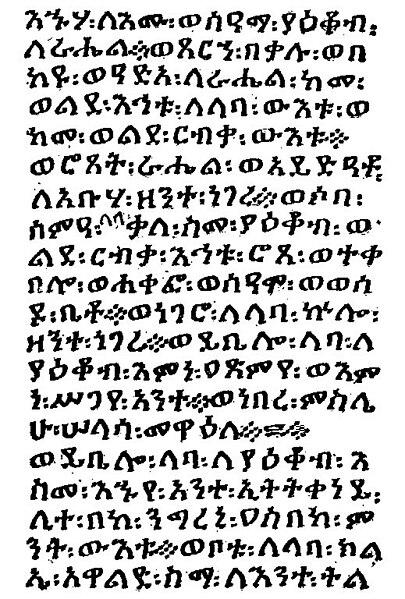The Phagspa script or ʼPhags-pa script is an alphabet designed by the Tibetan monk and State Preceptor Drogön Chögyal Phagpa (1235-1280) for Kublai Khan, the founder of the Yuan dynasty (1271-1368) in China, as a unified script for the written languages within the Yuan. The actual use of this script was limited to about a hundred years during the Mongol-led Yuan dynasty, and it fell out of use with the advent of the Ming dynasty.
Christian tombstone from Quanzhou dated 1314, with inscription in the ʼPhags-pa script ꞏung shė yang shi mu taw 'tomb memorial of Yang Wengshe'
An imperial edict in ʼPhags-pa
Example of the Chinese poem Hundred Family Surnames written in Phagspa script, from Shilin Guangji written by Chen Yuanjing in the Yuan dynasty
An alphabet is a standard set of letters written to represent particular sounds in a spoken language. Specifically, letters correspond to phonemes, the categories of sounds that can distinguish one word from another in a given language. Not all writing systems represent language in this way: a syllabary assigns symbols to spoken syllables, while logographies assign symbols to words, morphemes, or other semantic units.
A photo of the Old Hungarian script
Ge'ez Script of Ethiopia and Eritrea





